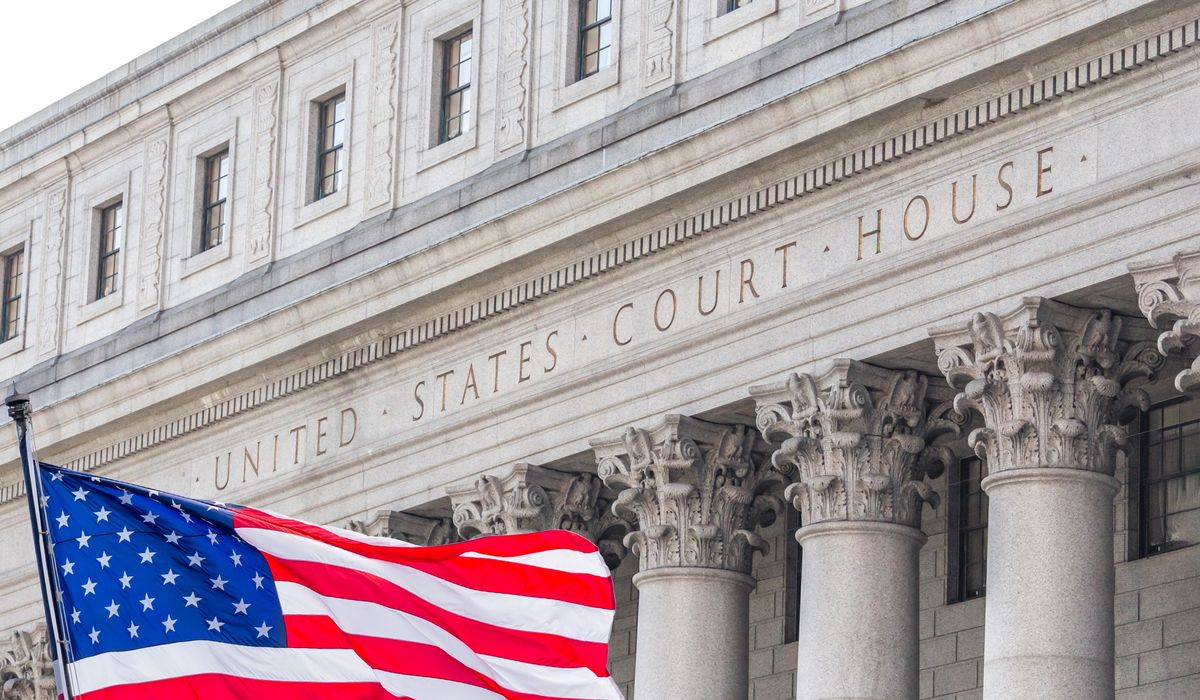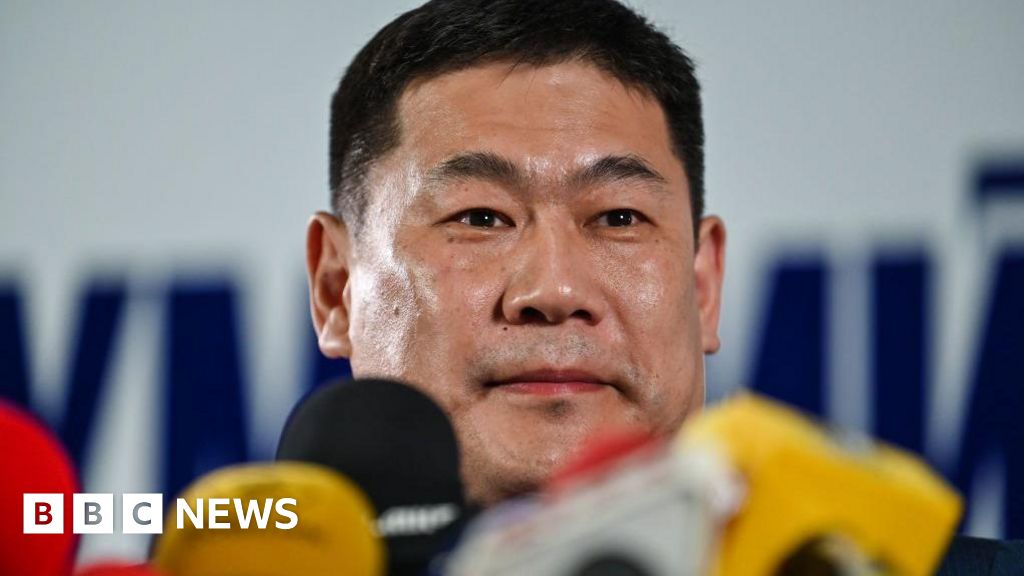ARTICLE AD BOX
On 9/11, the Associated Press had the only reporter with President George W. Bush when he flew to an underground bunker to dole out orders for the U.S. response.
Now, the AP can’t even get into the Oval Office.
Once the dominant institution in White House news coverage, the AP has been laid low by President Trump, with its reporters relegated to a position similar to literally dozens of news outlets that cover the president.
The AP is still covering the president and attending the press briefings, but the organization has acknowledged the new coverage limits are biting hard, as reporters have to rely on television and the rotating press “pool” for information for their stories.
Charles Tobin, a lawyer for the AP, said in March that the outlet lost a $150,000 advertising contract because of the president’s actions.
“This is just kind of the death knell,” said Russ Jones, a former journalist and now media consultant. “Three years is a long time to not have access to the leader of the free world, leaving them to rely on second and third-party sources. I’m sure internally it’s been a really nasty hit financially and also with their own reputation.”
The AP is just one of the legacy media giants Mr. Trump has tamed.
He’s poised to erase public media with his upcoming signature on a bill ending taxpayer funding for NPR and PBS. He also wrangled embarrassing multi-million dollar settlements out of ABC and Paramount, the owner of CBS and “60 Minutes,” over their troubled coverage of him.
And he helped ruin the late-night comic industry, which has shed so many viewers — in part because of an obsession with Mr. Trump — that NBC reduced its “The Tonight Show” to four days a week and CBS just announced “The Late Show” will go dark next year.
The AP earned its demotion by refusing to adopt Mr. Trump’s “Gulf of America” terminology, sniffing that its audience was global and so it was sticking with the “Gulf of Mexico.”
That got it booted from access to Air Force One, the Oval Office and other White House spaces where Mr. Trump held events. The AP sued and won a brief reprieve after a federal judge ruled the president was unfairly retaliating against AP’s editorial decisions, but an appeals court largely blocked that ruling.
Now, The AP is granted space in the rotating press pool, which means its reporters have the same access as The Washington Times, The New York Times, The Wall Street Journal, The Daily Mail and The Washington Blade.
A spokesperson for the Associated Press did not respond to questions about the impact. Instead, they referred to an earlier statement criticizing the appeals court ruling.
The statement said the court order “allows the White House to discriminate and retaliate over words it does not like, a violation of the First Amendment.” It also vowed to seek a rehearing in the case “because an essential American principle is at stake.”
At first glance, Mr. Trump’s feud with the AP might seem like a petty squabble, but it has drawn broader attention to what some critics say is a liberal bias by the Associated Press. That’s because at the heart of the dispute is Mr. Trump’s mission to shred the outlet’s veneer as an independent, nonpartisan news source.
“In some ways, the AP did this to itself because, like many media institutions, they have just doubled down on their bias over the last few years,” said Tim Graham, a former White House reporter who’s now director of media analysis for the Media Research Center, a conservative media watchdog. “They talk a very big game about how awesome they are, but to a lot of people, they look like Democratic hacks.”
The AP has insisted the fight is about free speech and that it’s being punished for its editorial views.
AP Executive Editor Julie Pace earlier this year accused the Trump administration of punishing the outlet “for its independent journalism.”
“Limiting our access to the Oval Office based on the content of AP’s speech not only severely impedes the public’s access to independent news, it plainly violates the First Amendment,” she said.
The White House has fired back that both the AP’s journalism and style guide have a blatantly liberal bias. The AP is decidedly left-leaning as rated by the respected AllSides Media Bias Chart, and the White House has argued that perhaps its covered spots should go to less partisan news outlets.
White House deputy chief of staff Taylor Budowich said the AP’s decision not to use the Gulf of America moniker exposes the outlet’s “commitment to misinformation.” He called their reporting “irresponsible and dishonest.”
Both the AP’s reporting and style guide have come under fire recently.
In March, the outlet retracted a story it published, wrongly claiming that Director of National Intelligence Tulsi Gabbard said that Mr. Trump and Russian President Vladimir Putin were “good friends.” The story was later updated to note that Ms. Gabbard said that Mr. Trump was good friends with Indian Prime Minister Narendra Modi.
The AP acknowledged it removed the story, but did not explain the error beyond that the story “did not meet our standards.”
That same month, White House press secretary Karoline Leavitt and AP reporter Josh Boak clashed over Mr. Trump’s trade policy. Mr. Boak began his question by asking Ms. Leavitt, “Have you ever paid a tariff, because I have.”
Ms. Leavitt responded that his question was “insulting.”
“And I think it’s insulting that you are trying to test my knowledge of economics and the decisions that this president has made. I now regret giving a question to the Associated Press,” she said, moving on to another reporter.
Other instances have raised eyebrows. In 2022, the AP Stylebook said that gender is a spectrum, not a binary structure consisting of only men and women, that can vary among societies and change over time. It also said that people can be “inaccurately” assigned a gender at birth.
Mr. Graham said The AP could have avoided becoming a target but was too “pompous” about its decision-making.
“This is Trump’s style, which is, if you attack him, he’s going to attack you. He’s not going to say, ‘I can’t attack AP because they are so trusted,’” Mr. Graham said. “No, he’s going to shoot back, and then they all get upset and say, ‘How dare you,’ because they are not used to being criticized.”
Still, he said, The AP is probably hoping to outlast Mr. Trump and figure that his successor might return the outlet to its previous position.
“They’re going to be basically waiting for Trump to move out of the White House, and if we get a Democratic president, they’re back in their good graces,” Mr. Graham said. “And that gives them incentives to keep being Democrats because they think that is the way to save themselves. I don’t think The AP cares about what the public thinks of them because they are not acting in a way that says they care what the broad mass of Americans thinks. It’s like their reporters are writing for other reporters.”

 4 hours ago
10
4 hours ago
10








 English (US) ·
English (US) ·